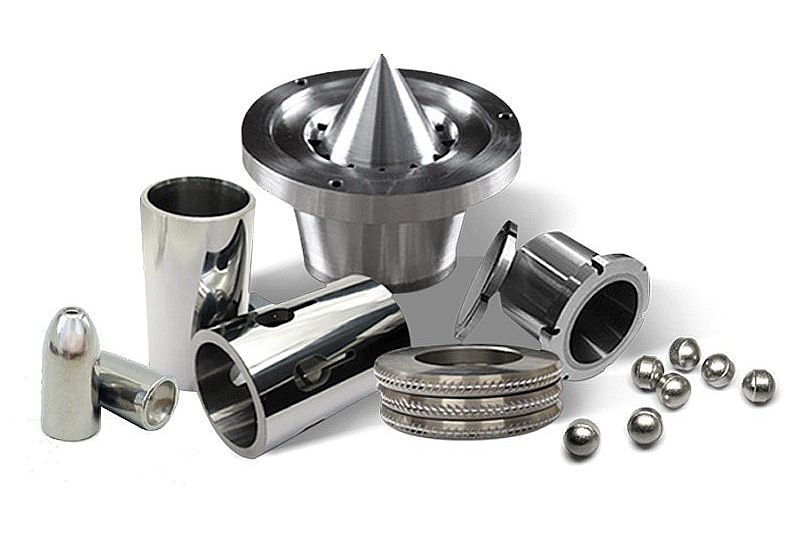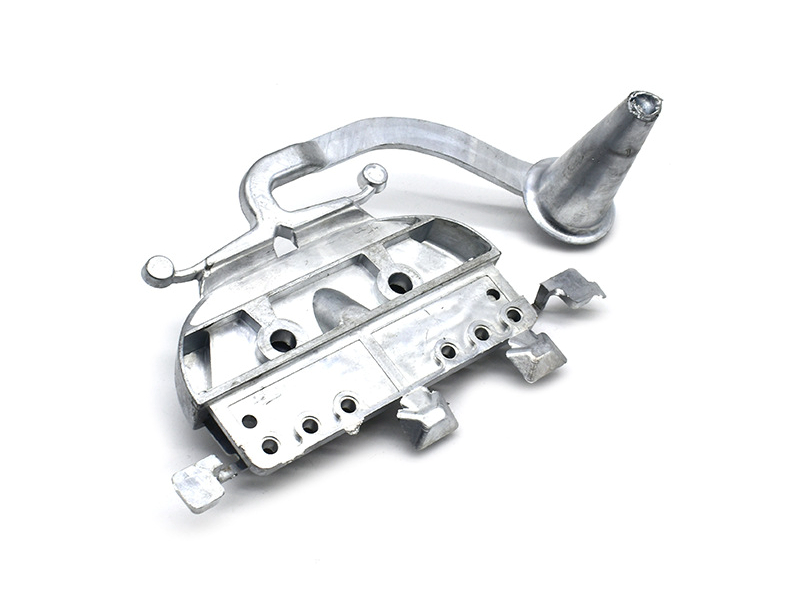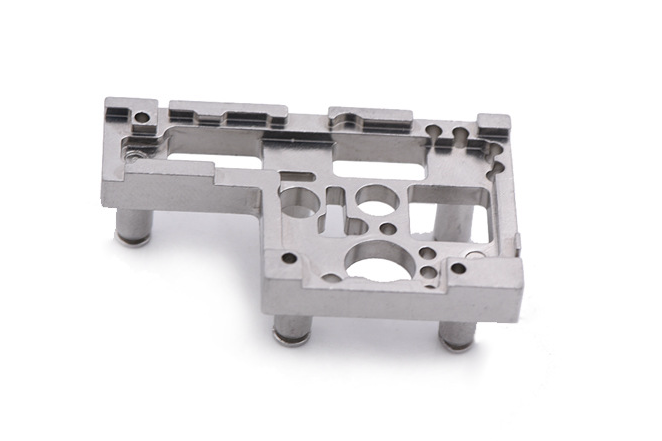What material and process combos best prevent prying and brute-force attacks?
For components that must resist prying and brute-force attacks, material and process choices need to focus on a combination of hardness, toughness, and anti-tamper geometry. In practice, this means pairing high-strength steels or superalloys with near-net-shape processes such as metal injection molding, precision casting, or sheet metal fabrication, followed by targeted surface and heat treatments. In locking mechanisms, security hardware, and high-torque power tools, this approach minimizes deformation, prevents crack initiation at stress concentrators, and forces attackers to expend disproportionate effort.
High-Hardness Cores for Anti-Prying Performance
For pins, bolts, cams, and anti-drill inserts in locking systems, martensitic stainless and tool steels processed via metal injection molding are a strong choice. Alloys such as MIM-420, MIM-440C, and MIM-A2 can be heat-treated to high hardness while retaining reasonable toughness, making them highly resistant to prying, cutting, and deformation. Complementary alloys like MIM-4140 or MIM-52100 are well-suited for shafts and bearing interfaces that must withstand shock loads without brittle failure.
Robust Housings Through Casting and Fabrication
Security-critical housings and strike plates benefit from ductile but strong metals. Precision carbon steel casting offers thick, continuous sections that resist bending and prying forces. For applications balancing weight and stiffness, engineered A380 aluminum die casting or cast iron components provide rigid housings that are difficult to deform with hand tools. When flat plates or reinforcement brackets are required, laser-cut and formed parts from low alloy steel or tool steel via sheet metal fabrication can be integrated as hidden anti-pry shields.
Surface Treatments to Resist Cutting and Wear
Surface engineering adds an extra barrier against brute-force attacks. After bulk heat treatment, diffusion processes such as nitriding form a hard case that significantly improves resistance to file and saw attacks on steels. Coatings like PVD can be applied to contact surfaces and exposed locking elements to further enhance hardness and reduce friction, improving long-term function under repetitive loading. For large exposed housings, powder coating, black oxide coating, or phosphating deliver corrosion resistance and a low-gloss appearance that hides tool marks and makes tampering less visually obvious.
Engineered Plastics for Structural and Tamper-Resistant Features
In some assemblies, plastics play a critical role in tamper resistance. High-strength engineering polymers like nylon (PA), PEEK, and Ultem (PEI) molded via injection molding can form reinforced covers, shear-off features, or one-way locking elements that break in a controlled manner under attack, protecting the internal metal core. Overmolding and insert molding enable the encapsulation of metal inserts (such as MIM cams, hardened pins, and steel plates), thereby eliminating direct tool access and complicating prying attempts.
Integrated Custom Parts Manufacturing Approach
Ultimately, resistance to prying and brute-force attacks is achieved by combining robust materials, controlled processes, and smart architecture. Using a custom parts manufacturing service, engineers can prototype security-critical components through CNC machining prototyping and 3D printing prototyping, validate deformation modes and failure points, then transition to production-ready MIM, precision casting, and injection molding. This integrated workflow ensures that material–process combinations are optimized not only for strength, but also for realistic attack scenarios.



